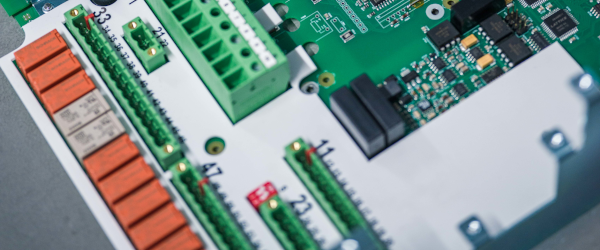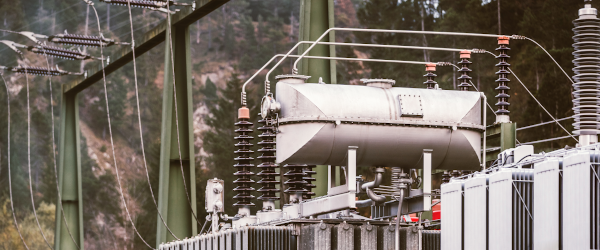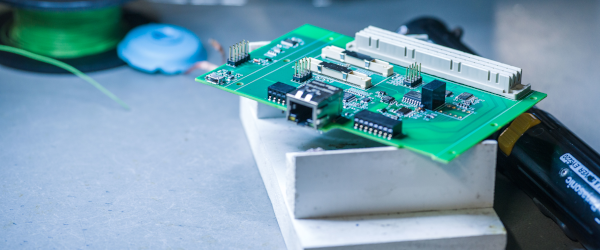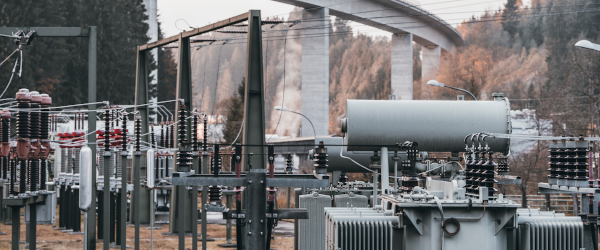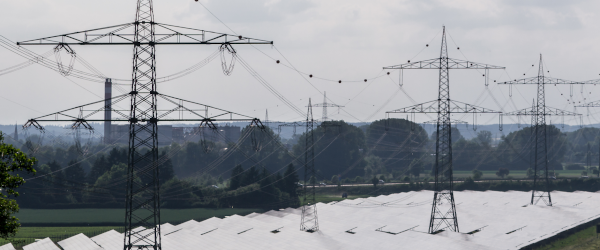Power transformers are key components of an electrical supply grid.
The failure of a transformer not only has major economic consequences for the energy supplier, it can also lead to serious losses for consumers. For this reason, it makes sense to monitor the transformer as closely as possible, to take its “temperature curve” (the thermal image) so as to collect information about the current load and the expected remaining life. This task can – based on IEC standards – be solved by electronic measurement and computing facilities.
The thermal situation in the transformer can be represented graphically (see Figure 1), where this is a simplified view of a complex situation.
The following simplifications are necessary:
- it is assumed that the oil temperature in the tank increases linearly from the bottom to the top.
- Another assumption is that the average temperature of the winding is also linearly parallel to the oil temperature with a constant temperature differential gr increasing from the bottom to the top.
- it is assumed that the hot spot temperature (P) is higher than the temperature of the winding (hot) at the upper end of the winding. The increase in temperature between the hot spot in the winding and the oil temperature in the tank is designated as a constant Hgr (hot spot at top oil gradient). Studies have been able to prove that the factor H, depending on the transformer size, short-circuit impedance and winding design, can vary between 1.0 and 2.1.
To determine the hot-spot temperature, in addition to the oil temperature Q0 a phase current I and some transformer-specific characteristics are required.
In most cases, this interpretation will lead to sufficiently good results, because it may be assumed that the transformer is loaded approximately uniformly.
In this case: I1 ~ I2 ~ I3




